New Treasures: Warhammer 40K: A Thousand Sons and Prospero Burns on Unabridged Audio
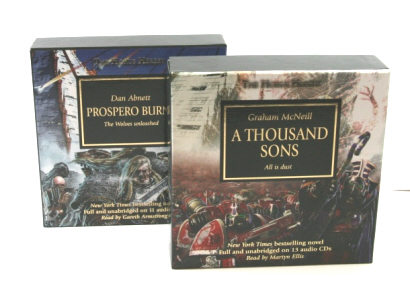 When I drove my son Tim to Blue Lake Fine Arts camp in Michigan last summer, during the five hour drive we listened to Steve Lyons’ The Madness Within and Sandy Mitchell’s Dead in the Water, both 65-minute audiobooks in the Warhammer 40,000 universe.
When I drove my son Tim to Blue Lake Fine Arts camp in Michigan last summer, during the five hour drive we listened to Steve Lyons’ The Madness Within and Sandy Mitchell’s Dead in the Water, both 65-minute audiobooks in the Warhammer 40,000 universe.
And boy, they were great. Both were extremely polished, with professional readers and solid production values, including subtle sound effects and rousing music.
Best of all they were terrific stories — especially the Ciaphas Cain tale Dead in the Water. Commissar Cain is a rogue with no interest in heroics of any kind, but an enviable talent for getting out of sticky situations. When he’s posted to Archipelaga, a feral ocean world slowly being pacified by the Imperium, he soon finds himself investigating the mystery of a missing squad, and facing a dangerous and unknown enemy.
Cain’s an engaging and frequently very funny protagonist, and the story was the perfect length. After that I was on the hunt for more audiobooks from Black Library.
Last week my wishes were granted. In fact, they were exceeded in spectacular fashion: with the arrival of unabridged audio adaptations of two seminal works in The Horus Heresy cannon: A Thousand Sons and Prospero Burns, both New York Times bestsellers.
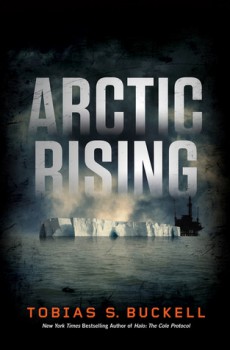 Arctic Rising
Arctic Rising
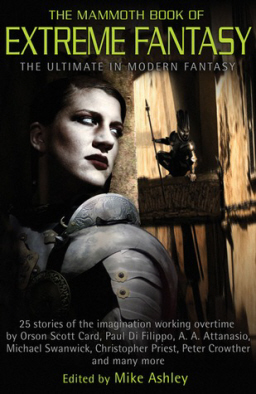
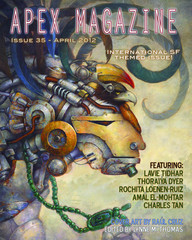 This month’s Apex Magazine is a special international themed issue, featuring ”Love is a Parasite Meme” by Lavie Tidhar (who is interviewed by Stephanie Jacob) and ”The Second Card of the Major Arcana” by Thoraiya Dyer; the classic reprint is “Alternate Girl’s Expatriate Life” by Rochita Loenen-Ruuize.
This month’s Apex Magazine is a special international themed issue, featuring ”Love is a Parasite Meme” by Lavie Tidhar (who is interviewed by Stephanie Jacob) and ”The Second Card of the Major Arcana” by Thoraiya Dyer; the classic reprint is “Alternate Girl’s Expatriate Life” by Rochita Loenen-Ruuize.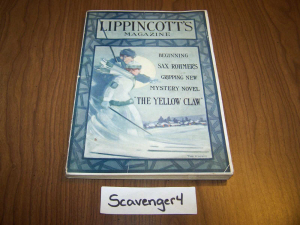
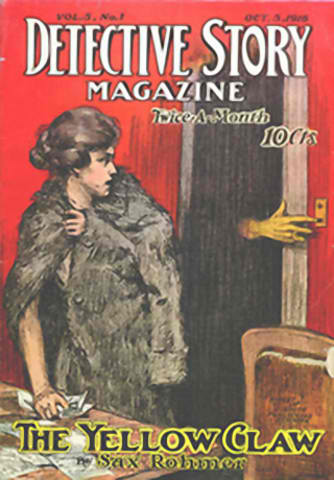
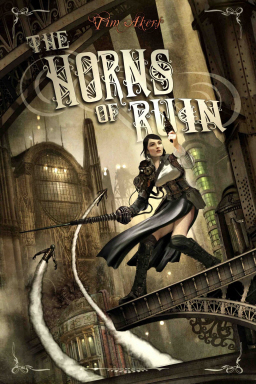
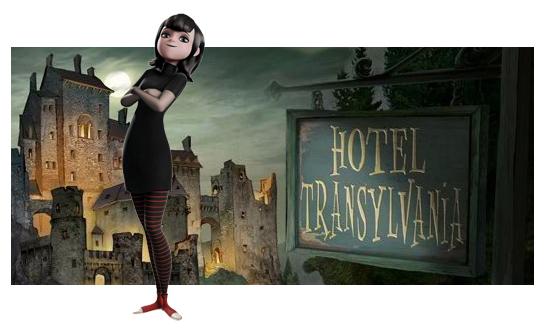
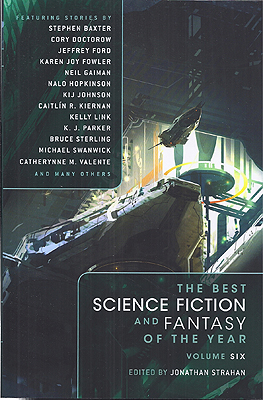
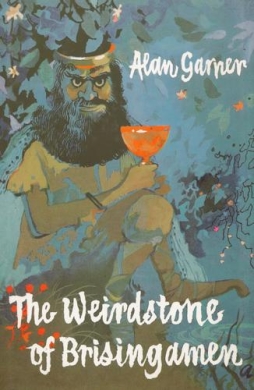 In mid-March the news emerged that writer Alan Garner was returning to the storylines of his first two books, The Weirdstone of Brisingamen and The Moon of Gomrath. His next novel, Boneland, to be published this August, will complete the trilogy he’d always envisioned. Garner
In mid-March the news emerged that writer Alan Garner was returning to the storylines of his first two books, The Weirdstone of Brisingamen and The Moon of Gomrath. His next novel, Boneland, to be published this August, will complete the trilogy he’d always envisioned. Garner